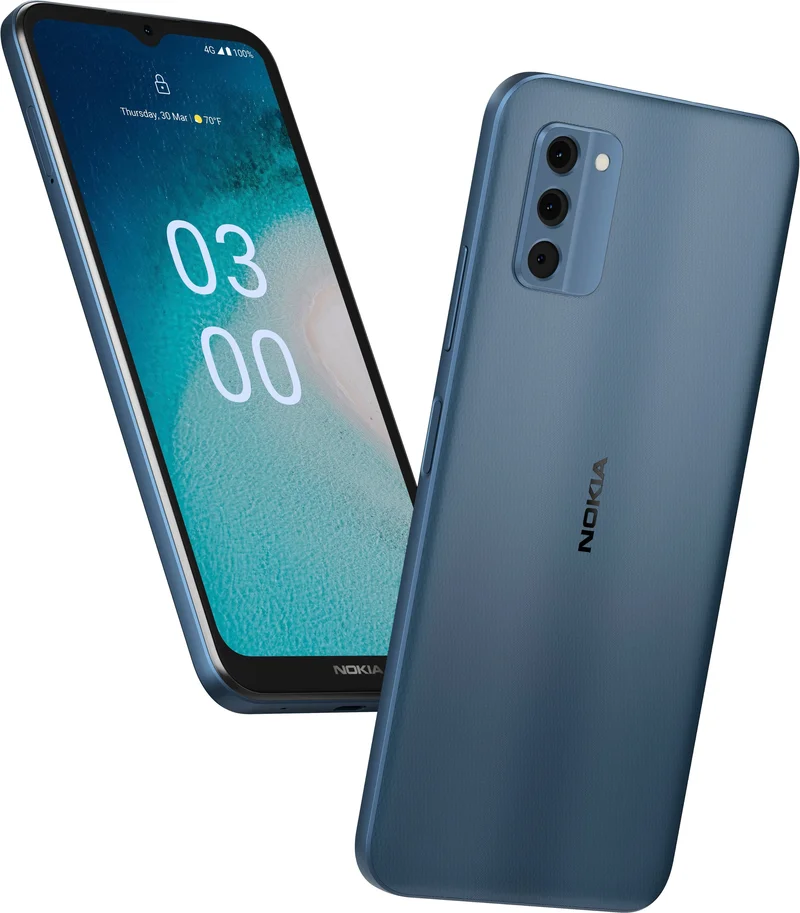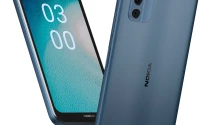Generated Title: Why Nvidia's $1 Billion Nokia Play Is a Masterclass in Buying the Future
An 18% surge in a legacy tech company’s stock price is an outlier. It’s a data point that demands interrogation. When Nokia’s shares jumped on Tuesday following the announcement of Nvidia’s investment, the market’s reaction was immediate and unambiguous. But the initial euphoria, driven by a headline figure of $1.0 billion, obscures a far more calculated and strategically critical maneuver.
To understand what just happened, you have to look past the dollar amount. For a company with Nvidia's market capitalization, a billion dollars is a rounding error. It’s a budget line item. This isn’t about a financial investment in the traditional sense; it’s not a bet on Nokia’s stock appreciating. This is a targeted acquisition of a strategic asset—not the company itself, but its future alignment. Nvidia didn’t just buy a stock; it bought a partner for the next decade of infrastructure warfare.
The transaction itself is clean. Nvidia subscribes to 166,389,351 new shares at a price of $6.01 per share. This gives them a stake of just under 3%—to be more exact, 2.90%. The key detail is that this is a direct issuance, meaning the billion dollars (or EUR 0.86 billion, for precision) flows directly into Nokia’s coffers. It’s fresh capital earmarked for accelerating R&D in AI-ready networks and, most critically, for adapting Nokia’s software to run on Nvidia’s silicon.
And this is the part of Inside Information: NVIDIA to make USD 1.0 billion equity investment in Nokia in addition to new strategic partnership – Nokia’s Board resolved on directed share issuance to NVIDIA - Nokia that I find genuinely telling. The equity is the handshake; the agreement for software integration is the binding contract.
The Architecture of Dependence
Let’s be clear about what Nokia brings to the table. This isn't the Nokia of indestructible candy bar phones. This is a company that has methodically rebuilt itself into a core provider of the plumbing for our digital world—5G radio access networks (RAN), optical technology, and data center switching. It’s the unglamorous, highly specialized, and absolutely essential infrastructure that underpins everything.
Nvidia’s entire empire is built on a simple premise: make your hardware the indispensable platform upon which everyone else must build their software. They did it with gaming, then with crypto mining, and most spectacularly, with artificial intelligence. The GPU became the fundamental unit of progress. Now, they are looking at the next frontier: the network itself. As AI models and autonomous systems become more distributed, the network can no longer be a dumb pipe. It has to become an intelligent, accelerated computing platform.

This is where the Nokia deal clicks into place. By getting Nokia to adapt its 5G and, more importantly, future 6G RAN software to run on Nvidia's architecture, Nvidia is executing a brilliant flanking maneuver. It’s embedding itself at the foundational layer of the next generation of telecommunications.
Think of it as an operating system for the physical world. Your phone, your car, the smart city sensors, the robotic factories—they will all connect through a 6G network. If that network’s core software is optimized for and running on Nvidia silicon, who holds the real power? The company that sells the cell tower equipment, or the company that provides the "brain" inside it?
This partnership is less a collaboration of equals and more like a powerful feudal lord granting a strategically located vassal the resources to build a new kind of fortress—on the condition that it's built with the lord's own unique, proprietary stone. The fortress protects the vassal (Nokia), but it also extends the power and control of the lord (Nvidia) across the entire landscape. It ensures that any future army, or in this case, any future data packet, must pass through territory controlled by Nvidia.
A Pattern of Infrastructure Dominance
This move doesn't exist in a vacuum. It’s one piece of a much larger mosaic Nvidia has been assembling. Look at the capital allocation over the past couple of years: a reported $5 billion stake in Intel (a direct competitor), a massive $100 billion in OpenAI, $500 million in autonomous vehicle software company Wayve, and $667 million in UK cloud provider Nscale. Each investment looks different on the surface, but the underlying logic is identical: ensure that Nvidia's hardware and software stack is the bedrock of every significant technological shift.
They are buying into their own customers and partners, creating a web of dependencies that is incredibly difficult to untangle. By investing in Intel, they gain insight into a chip rival. By funding OpenAI, they guarantee the world’s most important AI lab is a primary customer. And by backing Nokia, they are making a direct play for the telecommunications infrastructure that will connect all these other pieces. Imagine the quiet hum of the conference room as this deal was finalized—not the sound of a stock being traded, but the sound of another crucial piece of the global tech chessboard being locked into place.
The capital injection will certainly help Nokia. But the real value for them, and the reason for that 18% stock pop, is the implied endorsement. Being chosen by Nvidia is a signal to the market that you are relevant to the AI-powered future. The billion dollars is a subsidy to ensure Nokia’s R&D roadmap aligns perfectly with Nvidia’s.
This leaves us with some critical, unanswered questions. How will competitors like Ericsson and Samsung respond? Will they be forced to seek similar partnerships with Nvidia's rivals, like AMD or a resurgent Intel, effectively dividing the telecom world into silicon-defined factions? And what does this level of vertical integration mean for the future of open standards in telecommunications? When the platform owner is also a shareholder in the application builder, the line between partner and puppet begins to blur.
This Isn't an Investment; It's an Integration Fee
Let's call this what it is. The $1 billion figure is a distraction. This is Nvidia paying a relatively small fee to secure Nokia’s talent and market position for its own strategic goals. The goal isn't a 2.90% return on equity; it’s a 100% guarantee that the next generation of global networks will have Nvidia’s DNA baked into its core. The market's excitement wasn't about Nokia getting a billion dollars. It was the realization that Nokia just got a lifeline tethered to the most powerful ship in the entire tech industry. For Nvidia, this isn't a bet; it's the cost of doing business to ensure the future runs on their terms.









